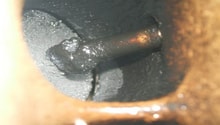Mercedes-Benz C-Class and C-Class AMG: Why is My Car Running Rough?
A rough-running engine is a real drag because you generally have to deal with misfires, stumbling, poor idle, etc. On the other hand, the cause for a misfire can be as simple as a loose vacuum hose. Don't fret because with help from this article, you can find the cause and handle it.
This article applies to the Mercedes-Benz C-Class and C-Class AMG (2007-2014).
When an engine starts to misfire, it means that one or more cylinders aren't firing the air/fuel mixture correctly. The result is an engine that misfires, stumbles, idles rough...and more! Although not necessarily true in all cases, a misfire can have a gasoline smell to it, and at the same time, set off the check engine light.

Materials Needed
- OBD-II scanner
- Spark plugs
- Fuel injector(s)
- EGR valve (unless only cleaning is required)
- MAF sensor (unless only cleaning is required)
- Compression tester
Step 1 – Check the computer with an OBD-II scanner
This should be the first step in diagnosing trouble in your engine. You'll find that the computer will register a "limp home" situation, meaning the engine won't allow to produce normal power until the situation of remedied. This is especially important when there are problems with emissions and misfires. If you don't have an OBD-II scanner, you may be able to have an auto parts store that scans the engine and gives you the readings.

Step 2 – Check the spark plugs
Spark plugs have a major effect on how your engine runs. You can have a spark plug that looks OK but for some reason, it no longer is able to fire the air-fuel mixture. On a Mercedes, you'll find the spark plugs easy to get at; changing the spark plus is a definite plus and can make your engine run like new. You can refer to one of the blogs at MBWorld.org as to brand choice and other possible tips.
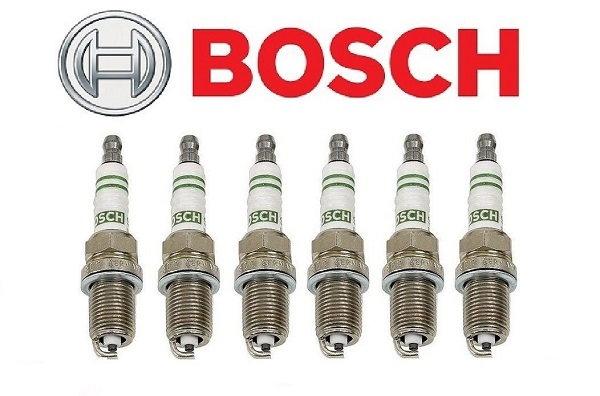
Step 3 – Check the fuel injectors
One of the few products that Mercedes actually recommends is Chevron Techron as it will clean your fuel injectors. It is about the easiest way to fix dirty fuel injectors. However, If there is a problem with your fuel injectors, it is quite likely that a Check Engine light will come on and a trouble code will register. You can test for a failing fuel injector by switching one injector from another cylinder. If the failing condition follows the injector, then that is the one that needs replacing.
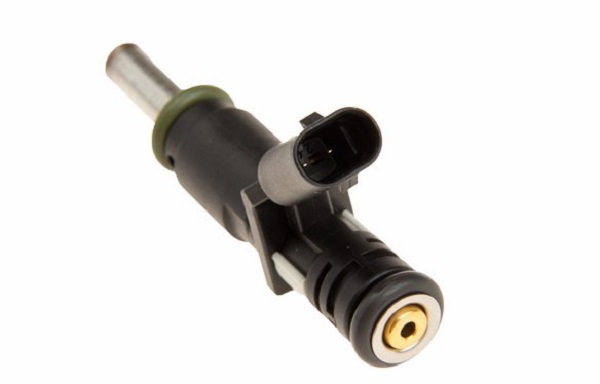
Step 4 – Check the EGR valve
The EGR (Exhaust Gas Recirculation) valve works at speeds greater than idle; it lets some of the exhaust gases to be recirculated with the result being a cleaner exhaust. The EGR valve senses what speed the engine is working and opens and closes accordingly. If the EGR valve is stuck open, meaning it lets exhaust gases into the intake, then this causes misfiring at idle. An engine doesn't need more spent exhaust gases to idle correctly. However, taking the EGR valve out and cleaning the accumulated carbon buildup can generally save the EGR. Typically, an EGR valve for a W204 C-Class can cost over $400.
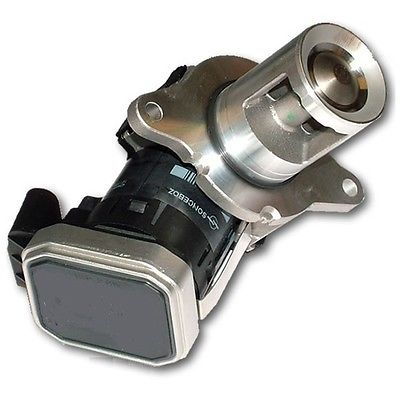
Step 5 – Clean the MAF sensor
The Mass Air Flow (MAF) sensor is located in the air intake tract and lets the car's computer know how much air is in the system. Dirt will cause the MAF sensor to malfunction; for example, the engine can then misfire, stall, and hesitate.
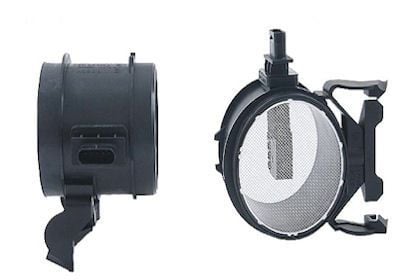
Warning
DO NOT touch electrical contacts to MAF sensor with anything. It is a sensitive electrical component.
Step 6 – Check for low cylinder compression
Checking for low compression is another one of those easy items to check. You simply replace the spark plug with the the low compression tester (follow the manufacturer's instructions) and note the results. Repeat the process with all the other cylinders. If one cylinder is registering much lower that the others, then that could be the cause of the engine misfire and poor performance. Low compression could be caused by a slew of things, and none of them are good. Time to visit the auto parts store and perhaps, some of those compression additives may be able to help.
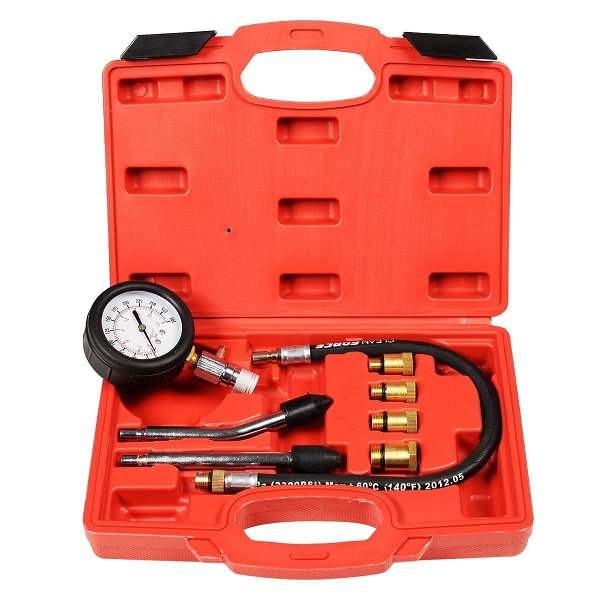
Related Discussions
- Stuttering Idle - MBWorld.org
- Cold Start Rough Idle - MBWorld.org
- Engine Vibration When Stopped - MBWorld.org
- Rumbling, and Vibrations - MBWorld.org



